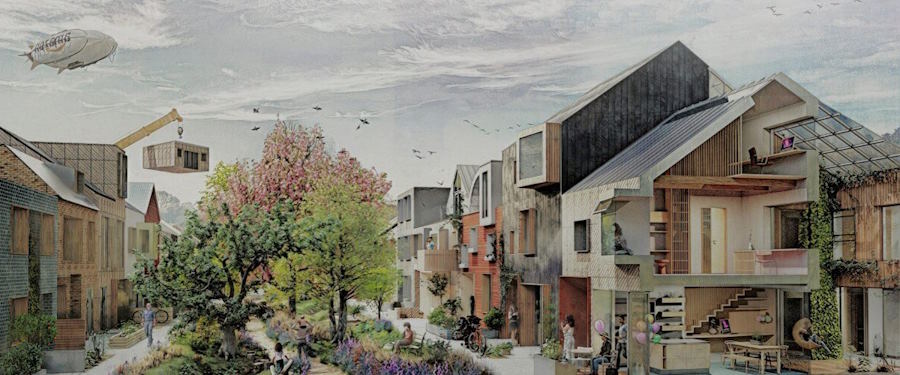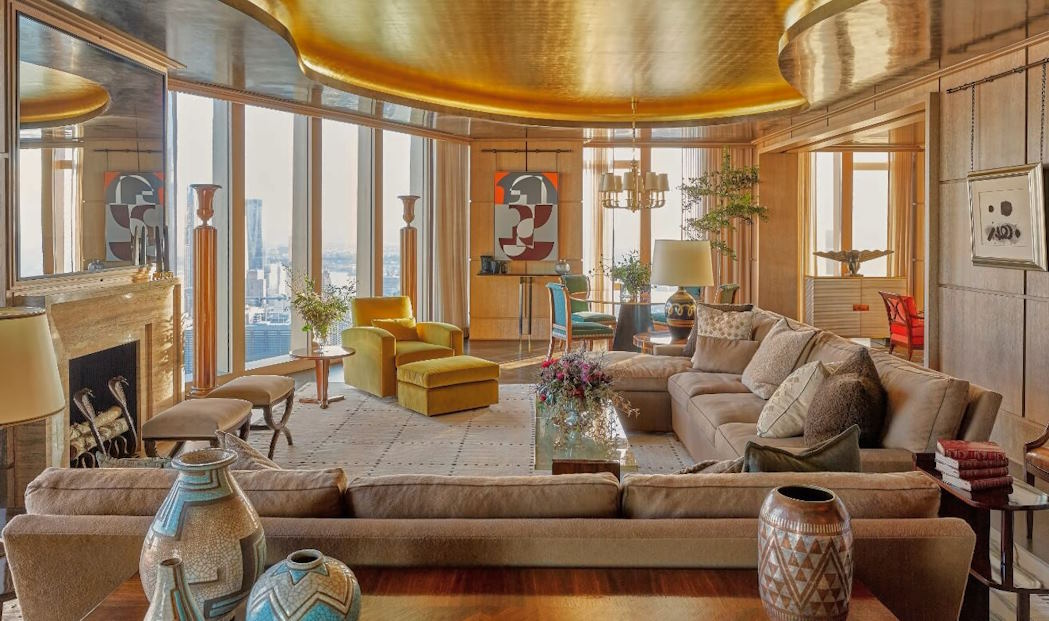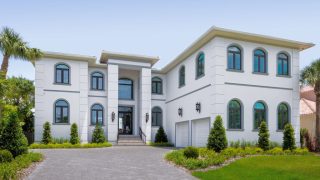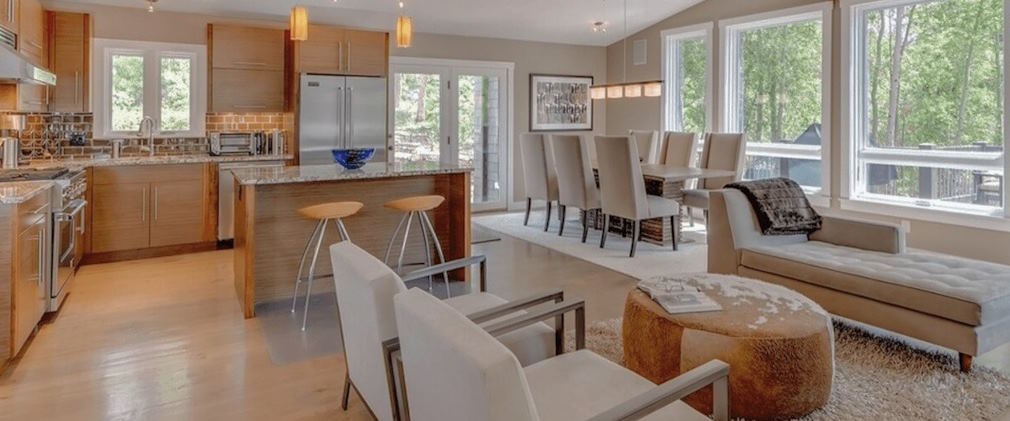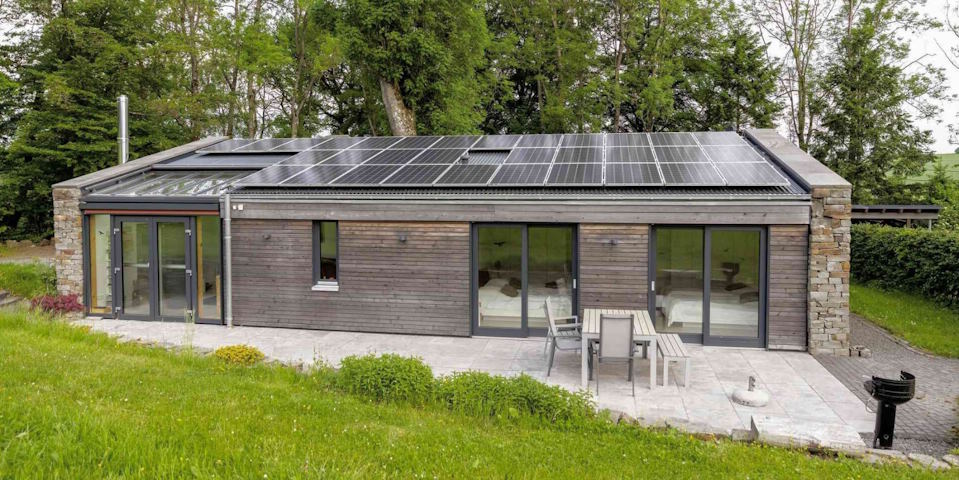The Selection Process
Call for Submissions
- Design challenges begin with a call for submissions, inviting architects and designers to submit their proposals for residential spaces. The criteria and guidelines specify the project scope, objectives, and specific requirements or themes.
Evaluation of Entries
- A panel of esteemed judges comprising architects, industry experts, and design professionals carefully evaluates the submitted entries. They assess the designs based on various factors such as creativity, functionality, sustainability, aesthetics, and adherence to the competition’s theme.
Shortlisting and Finalists
- From the pool of submissions, a shortlist of finalists is chosen. These finalists present their designs in further detail, often through presentations, 3D models, or virtual representations. The judges closely examine these presentations to assess the design’s feasibility, practicality, and potential for realization.
Winner Selection
- After careful deliberation, the judges select the winners based on the merits of their designs. The winners are chosen for their ability to demonstrate innovative thinking, address the competition’s objectives, and provide exceptional design solutions for residential spaces.
Judging Criteria
Innovation and Creativity
- Judges look for designs that exhibit originality, innovative thinking, and unique approaches to residential architecture. Concepts that challenge traditional norms and showcase visionary ideas are highly regarded.
Functionality and Practicality
- The functionality and practicality of the designs are essential considerations. Judges evaluate how well the concepts meet the needs of residents, optimize space utilization, and create comfortable living environments.
Sustainability and Environmental Consciousness
- With growing environmental concerns, sustainability plays a significant role in judging criteria. Designs incorporating eco-friendly materials, energy-efficient systems, and considerate environmental practices are highly valued.
Aesthetic Appeal and User Experience
- The aesthetic appeal and user experience of the designs are also crucial factors. Judges assess how the spaces enhance the residents’ quality of life, evoke emotions, and create harmonious living environments.
Impact on Residential Design
Influencing Industry Trends
- Europe’s prestigious design challenges have a substantial impact on residential design trends. Winning concepts often inspire architectural firms, developers, and homeowners to adopt new design principles, leading to the integration of innovative ideas into mainstream residential projects.
Driving Innovation and Creativity
- These design challenges fuel a culture of innovation and creativity in the industry. By pushing the boundaries of what is possible in residential architecture, the competitions encourage designers to think outside the box and pioneer new design approaches.
Promoting Collaboration and Exchange of Ideas
Competitions provide a platform for architects and designers to collaborate, share ideas, and learn from each other. The exchange of knowledge and experiences nurtures a vibrant design community and fosters continuous improvement in residential design practices.

